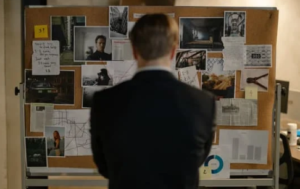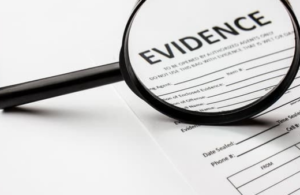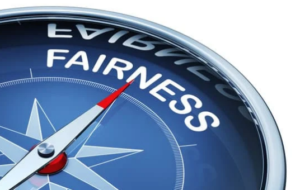The Battle Begins

On a quiet morning, the taxpayer stared at the court documents in disbelief. “Summons? Statement of claim? I’ve never received anything like this,” they said, puzzled. Yet, here they were—confronted with a judgment that had seemingly appeared out of nowhere.
The government claimed the summons had been delivered, pointing to an AR card signed by someone named Sahirah Saufi. But to the taxpayer, this was a stranger, someone they didn’t know and certainly hadn’t authorized to receive such critical documents.
“Where is the proof?” the taxpayer asked their lawyer. “How could they serve me if I never saw it?”
The lawyer nodded gravely. “We’ll challenge this. If the law requires proper service, we’ll hold them to it.”
The Battle Begins

In the High Court, the government was steadfast. “The AR card was signed and returned. It proves the summons was delivered to the taxpayer’s last known address, as required by law,” their counsel argued.
The taxpayer’s lawyer pushed back hard. “Your Honour, the AR card doesn’t prove anything except that someone else signed for it. There’s no cover letter. No evidence tying this delivery to my client’s address. And most importantly, no proof that the recipient was authorized to accept this summons.”
The High Court ruled against the taxpayer, accepting the government’s position. But the fight was far from over. Refusing to give up, the taxpayer appealed to a higher court, determined to prove the irregularity of the process.
The Moment of Truth

The Court of Appeal was packed as both sides presented their arguments. The government held firm, emphasizing the returned AR card as sufficient evidence of service. The taxpayer’s lawyer, however, dismantled the case piece by piece.
“Your Honours, this is a question of fairness. The government cannot simply assume service was proper without clear evidence. Who is Sahirah Saufi? Where is the proof she was authorized to accept this on my client’s behalf? The absence of a cover letter or any documentation linking the summons to my client’s address leaves this process deeply flawed.”
The judges probed the government’s case with pointed questions. “Can you confirm the AR card was tied to the taxpayer’s address? Why was there no additional documentation to verify the recipient’s authority?”
Under scrutiny, the government’s arguments began to waver. The tension in the courtroom was palpable as the judges deliberated. Finally, they delivered their judgment.
“The absence of a cover letter or supporting documentation leaves serious doubt as to whether the summons was properly served,” the lead judge declared. “We find the service irregular and set aside the earlier judgments. This case will return to the Sessions Court for a full hearing.”
The courtroom erupted in murmurs. It was a resounding victory for the taxpayer, who had fought not just for themselves but for the integrity of the process.
The Lesson Learned

This case underscores a powerful truth: fairness in the legal system begins with proper procedure. Service of summons isn’t just a technical step—it ensures that taxpayers have the chance to respond to claims against them.
For taxpayers, it’s a reminder to scrutinize every detail in legal and tax matters, as small errors can lead to significant consequences. For the authorities, it reinforces that procedural compliance is essential to uphold justice.
The case leaves a lasting lesson: in the pursuit of justice, diligence and precision in every step are not just expectations—they are necessities.
Aturan 10, Kaedah 1 & Aturan 62, Kaedah 6, Kaedah-Kaedah Mahkamah 2012 dan Seksyen 145 Akta Cukai Pendapatan 1967






